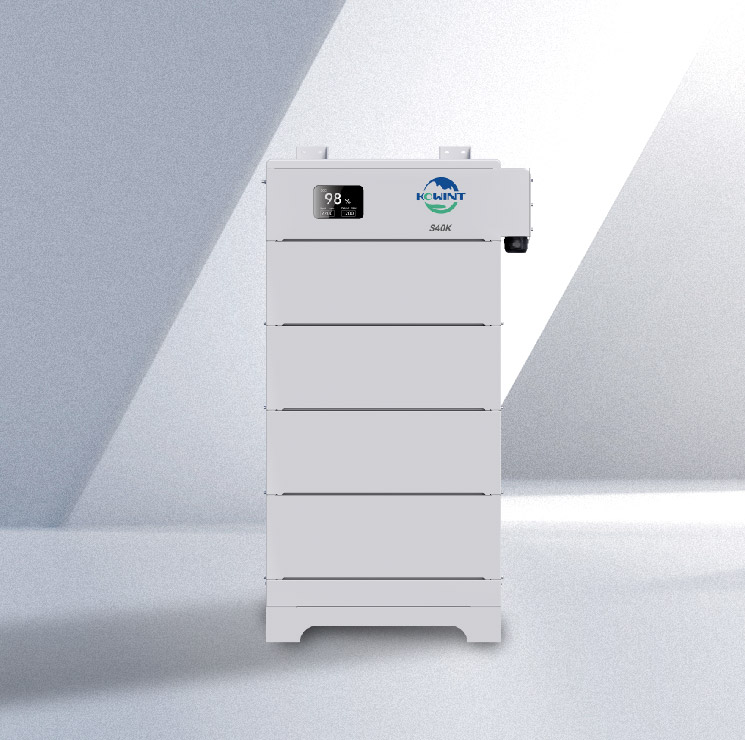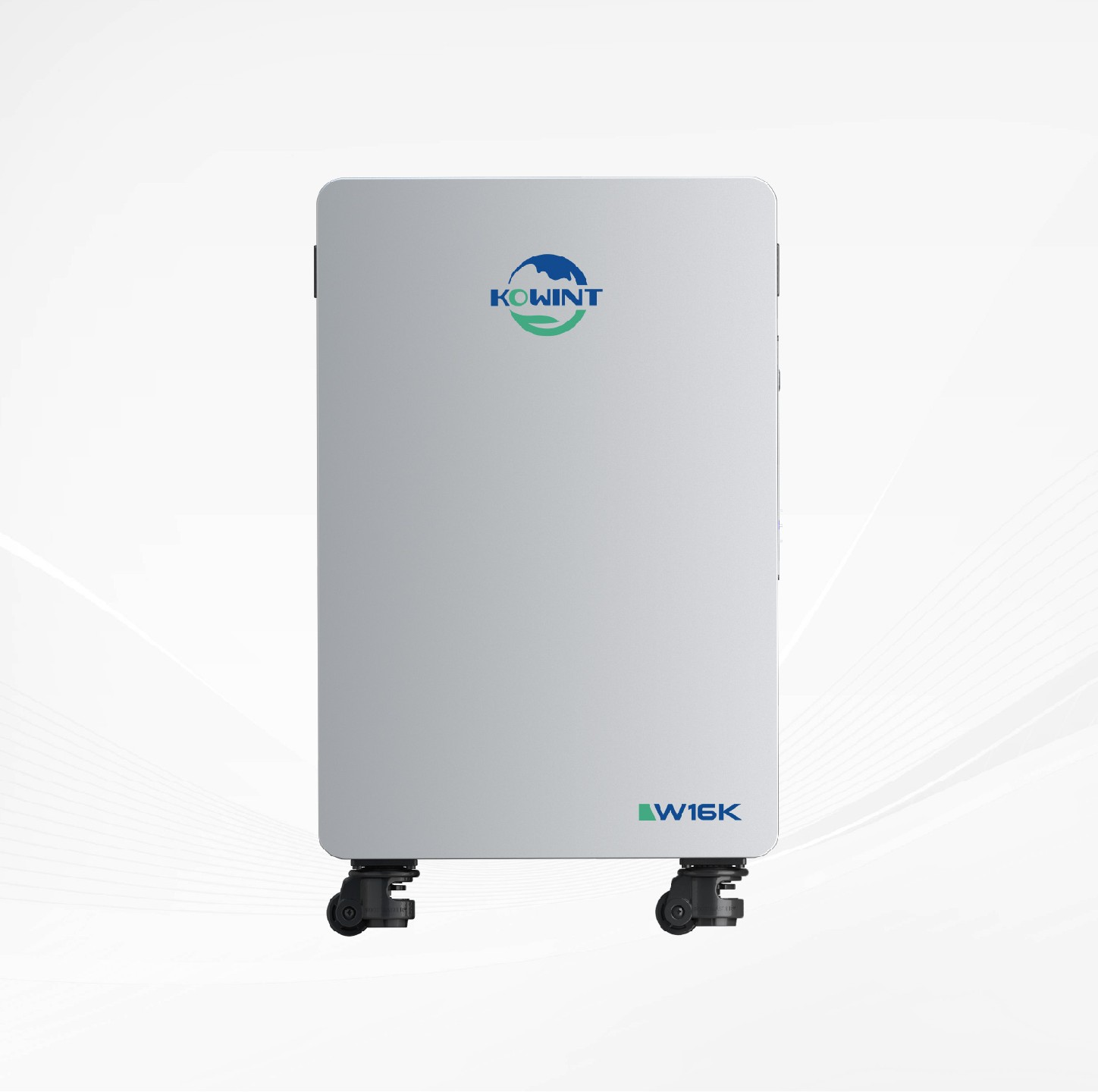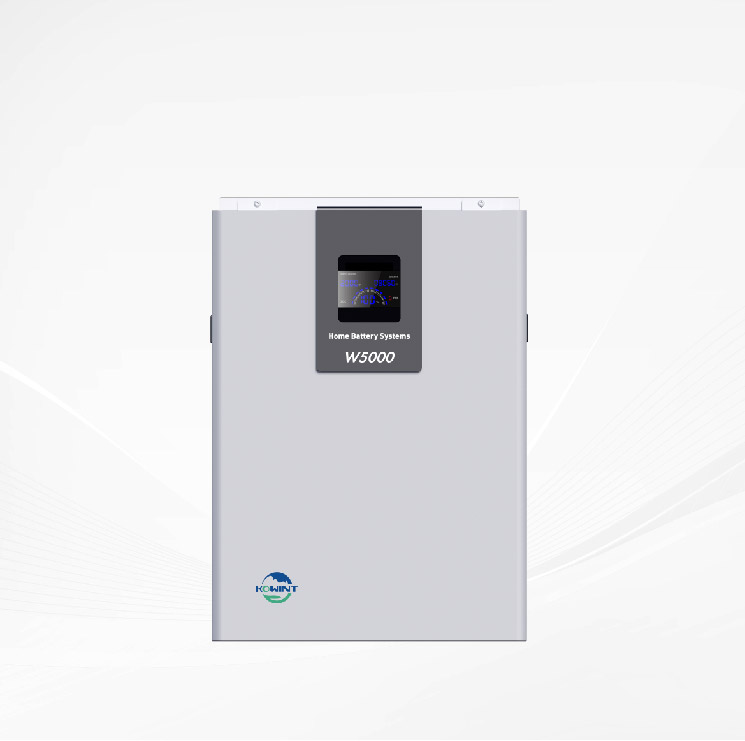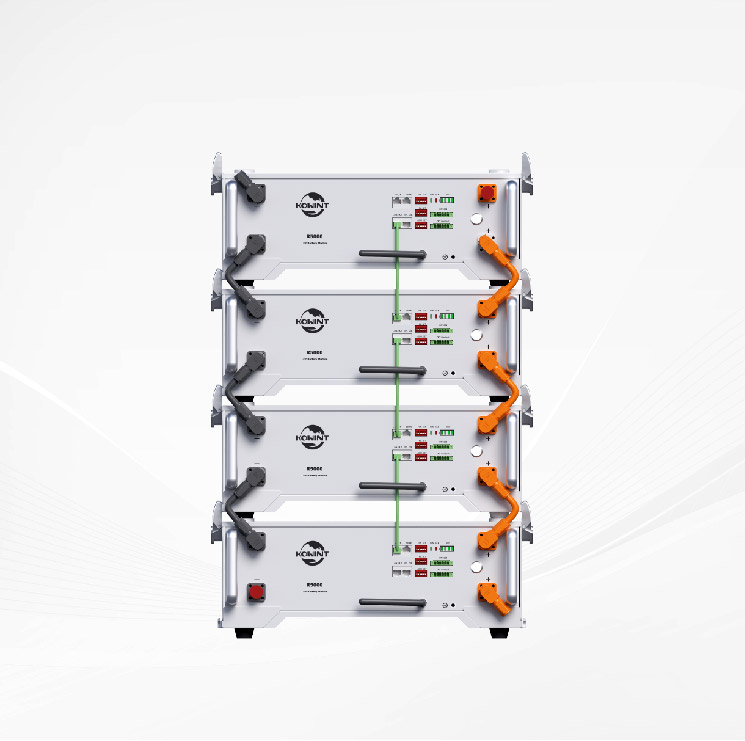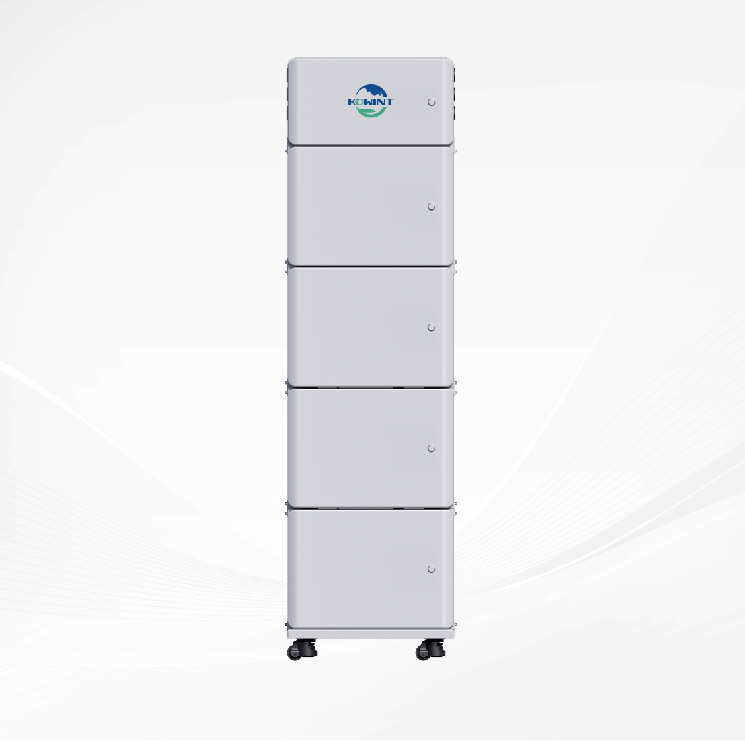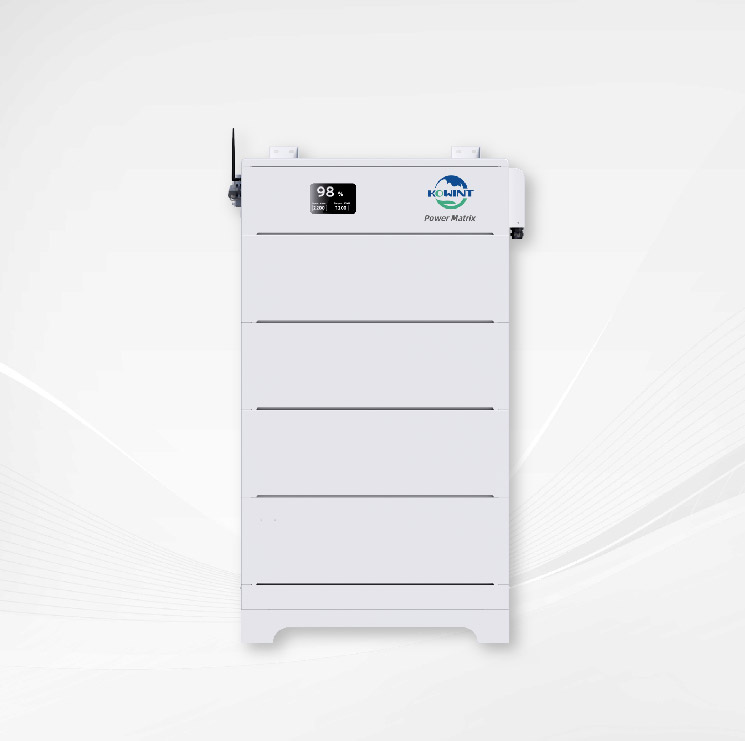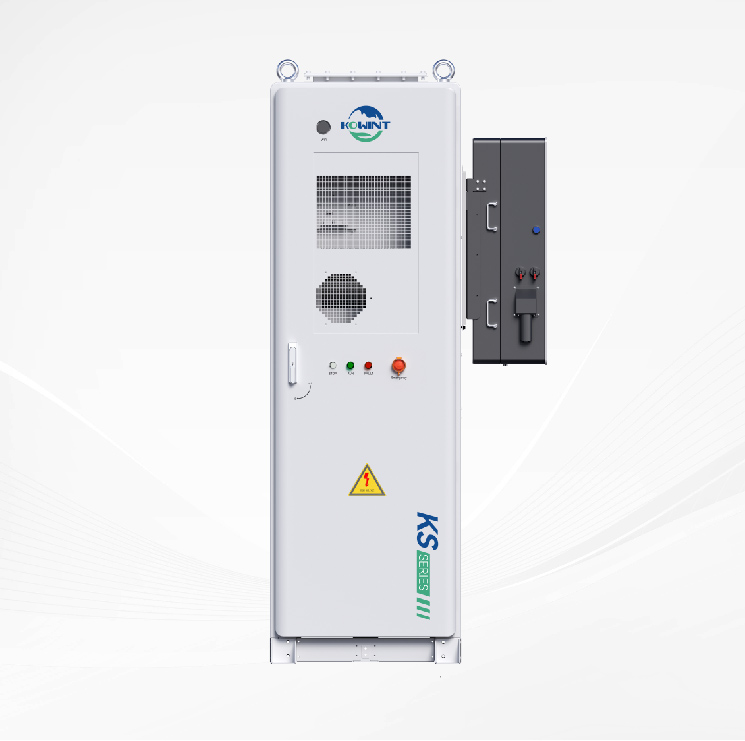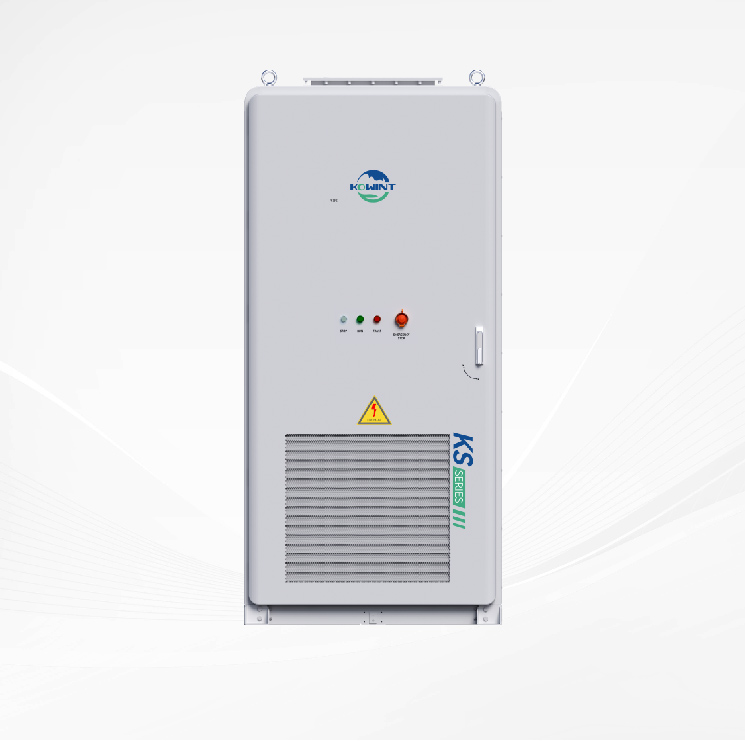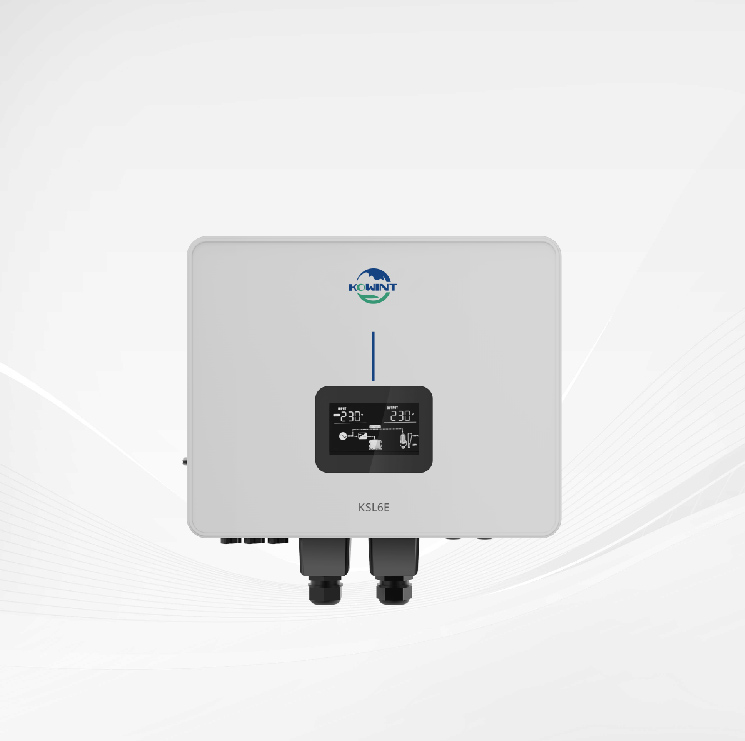Eco-Friendly Living on Wheels: Solar Panels for Your Mobile Home
Living sustainably is becoming increasingly important in today's world, and this trend extends to mobile homeowners seeking eco-friendly solutions. Solar panels offer a promising way to harness renewable energy and reduce the environmental impact of mobile living. In this article, we'll explore the benefits, types, installation process, and cost considerations of solar panels for mobile homes, empowering you to make informed decisions about adopting this eco-friendly technology.
Understanding Solar Panels for Mobile Homes
Solar panels for mobile homes operate on the same basic principle as traditional solar panels: they convert sunlight into electricity through photovoltaic cells. However, their application and considerations differ due to the unique nature of mobile living.
1. Basic Functionality: Solar panels consist of multiple photovoltaic cells made of semiconductor materials such as silicon. When sunlight hits these cells, they generate direct current (DC) electricity. An inverter then converts this DC electricity into alternating current (AC), which can power household appliances and devices.
2. Suitability for Mobile Homes: Solar panels for mobile homes are designed to be lightweight, durable, and efficient. They must withstand vibrations, movement, and various weather conditions encountered during travel. Flexible solar panels are often preferred for their versatility and ease of installation on curved surfaces like RV roofs.
3. Energy Storage: In addition to solar panels, mobile homeowners often use battery storage systems to store excess energy generated during the day for use at night or when sunlight is insufficient. Lithium-ion batteries are popular due to their high energy density, longer lifespan, and lightweight construction, making them ideal for mobile applications.
4. Integration with Mobile Home Systems: Solar panels can be integrated with existing electrical systems in mobile homes, allowing for seamless power distribution. This integration may involve installing charge controllers, inverters, and monitoring systems to regulate and optimize energy production and consumption.
5. Maintenance and Upkeep: While solar panels require minimal maintenance compared to traditional power sources, regular inspections and cleaning are essential to ensure optimal performance. Mobile homeowners should inspect their panels for damage, debris, and shading that can reduce efficiency. Cleaning with a mild detergent and water helps remove dirt and grime, improving sunlight absorption.
Understanding these key aspects of solar panels for mobile homes is crucial for informed decision-making and successful integration into a mobile living environment.
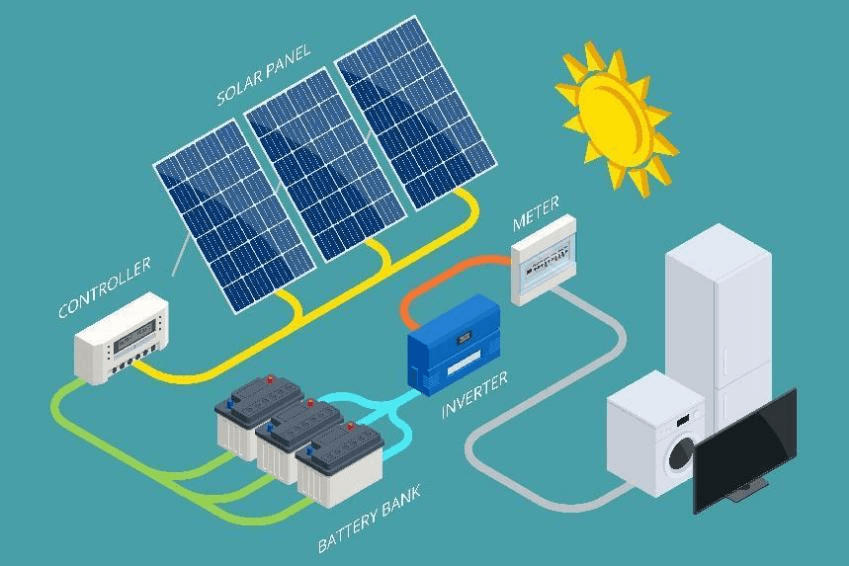
Benefits of Solar Panels for Mobile Homes
Solar panels offer numerous advantages for mobile homeowners, making them an increasingly popular choice for sustainable energy solutions on the move.
1. Energy Independence: One of the primary benefits of solar panels is the ability to generate your own electricity, reducing reliance on grid power. For mobile homeowners, this means greater energy independence while traveling or living off-grid in remote locations where access to traditional utilities may be limited or costly.
2. Cost Savings: By harnessing the power of sunlight, mobile homeowners can significantly reduce or even eliminate electricity bills. While the initial investment in solar panels and related equipment may seem daunting, the long-term savings on utility costs can offset these expenses over time, leading to substantial financial benefits.
3. Environmental Sustainability: Solar energy is a clean, renewable resource that produces no greenhouse gas emissions or air pollutants during operation. By choosing solar power for their mobile homes, owners can reduce their carbon footprint and contribute to environmental conservation efforts, promoting a more sustainable way of living.
4. Portability and Flexibility: Solar panels for mobile homes are designed to be lightweight, portable, and easy to install, making them suitable for various types of recreational vehicles (RVs), camper vans, trailers, and tiny homes. Their flexible nature allows for installation on curved surfaces, maximizing available roof space and energy capture potential.
5. Quiet and Reliable Operation: Unlike noisy generators or traditional power sources, solar panels operate silently and require minimal maintenance. Once installed, they can reliably generate electricity for many years with little to no intervention, providing a consistent power supply for onboard appliances, lighting, and electronic devices.
6. Increased Resilience: Solar-powered mobile homes are less susceptible to power outages and disruptions caused by inclement weather, grid failures, or infrastructure issues. With a reliable source of off-grid power, homeowners can enjoy greater resilience and peace of mind, knowing they have a backup energy supply wherever they go.
7. Enhanced Mobility: Solar panels enable mobile homeowners to explore off-the-grid destinations and remote wilderness areas without worrying about access to electricity. Whether boondocking in national parks, camping in remote wilderness areas, or traveling cross-country, solar-powered mobile homes offer greater freedom and autonomy to roam.
Understanding these benefits highlights the advantages of incorporating solar panels into mobile home living, providing an eco-friendly, cost-effective, and sustainable energy solution for modern nomads and adventurers.
Types of Solar Panel Systems for Mobile Homes
There are several types of solar panel systems designed specifically for mobile homes, each offering unique features and advantages tailored to different needs and preferences.
1. Roof-Mounted Systems: Roof-mounted solar panel systems are a popular choice for mobile homes, as they utilize the available roof space to maximize solar energy capture. These systems typically consist of photovoltaic (PV) panels installed directly onto the roof surface using mounting brackets or adhesive tape. Roof-mounted systems are versatile and can be customized to fit various roof configurations, including flat or curved surfaces.
2. Portable Solar Panels: Portable solar panel systems are ideal for mobile homeowners who prioritize flexibility and portability. These systems consist of lightweight, foldable solar panels that can be easily transported and set up at different locations. Portable solar panels are typically equipped with built-in stands or mounting hardware, allowing them to be positioned for optimal sunlight exposure. They are ideal for RVs, camper vans, and trailers, providing on-the-go power generation wherever you roam.
3. Flexible Solar Panels: Flexible solar panels are designed to conform to curved surfaces, making them well-suited for mobile homes with non-traditional roof shapes or limited mounting options. These panels are constructed using thin, lightweight materials such as amorphous silicon or CIGS (copper indium gallium selenide) solar cells, allowing them to bend and flex without compromising performance. Flexible solar panels offer greater design flexibility and can be easily integrated into the contours of the mobile home's roof or exterior.
4. Off-Grid Solar Systems: Off-grid solar systems are self-contained power systems that operate independently of the electrical grid. These systems typically include solar panels, a charge controller, batteries for energy storage, and an inverter to convert DC (direct current) electricity from the panels into AC (alternating current) power for household appliances and devices. Off-grid solar systems are ideal for mobile homeowners who prefer to live off-grid or in remote locations without access to traditional utilities.
5. Grid-Tied Solar Systems with Battery Backup: Grid-tied solar systems with battery backup combine the benefits of grid-connected and off-grid solar systems. These systems are connected to the electrical grid but also incorporate battery storage to provide backup power during grid outages or emergencies. Solar energy generated during the day is used to power the home's electrical loads, with any excess energy stored in the batteries for use during periods of low sunlight or high demand. Grid-tied solar systems with battery backup offer reliability and resilience, ensuring uninterrupted power supply for mobile homeowners.
Understanding the different types of solar panel systems available for mobile homes allows homeowners to choose the system that best fits their lifestyle, energy needs, and budget. Each type of system offers unique advantages and features, providing flexibility and versatility for eco-friendly living on the road.
Factors to Consider When Installing Solar Panels on a Mobile Home
Installing solar panels on a mobile home requires careful consideration of various factors to ensure optimal performance, efficiency, and compatibility with the mobile home's structure and energy needs. Here are key factors to keep in mind:
1. Roof Condition and Orientation: Assess the condition and orientation of the mobile home's roof to determine the feasibility of solar panel installation. Ideally, the roof should be in good condition with adequate space and structural integrity to support the weight of the solar panels. Additionally, the roof orientation and angle relative to the sun's path will affect the amount of sunlight exposure and energy production.
2. Available Roof Space: Evaluate the available roof space to determine the size and configuration of the solar panel array. Consider factors such as obstructions (e.g., vents, skylights, antennas) and shading from nearby trees or structures that may impact solar panel placement and performance. Maximizing roof space utilization can optimize energy production and maximize return on investment.
3. Solar Panel Efficiency and Output: Choose solar panels with high efficiency ratings and output capacity to maximize energy generation and meet the mobile home's energy demands. Monocrystalline and polycrystalline solar panels are popular options known for their efficiency and durability. Consider factors such as temperature coefficient, degradation rate, and warranty coverage when selecting solar panels for optimal long-term performance.
4. Mounting Options and Hardware: Select the appropriate mounting options and hardware for securing the solar panels to the mobile home's roof or exterior. Roof-mounted systems typically use mounting brackets, adhesive tape, or ballasted racking systems to ensure secure attachment without damaging the roof surface. Flexible mounting options allow for adjustable tilt angles and optimal sunlight exposure throughout the day.
5. Electrical Wiring and Integration: Plan the electrical wiring and integration of the solar panel system with the mobile home's existing electrical infrastructure. Ensure compliance with local building codes, electrical regulations, and safety standards when installing wiring, inverters, charge controllers, and battery storage systems. Proper electrical grounding and surge protection are essential to prevent electrical hazards and ensure system reliability.
6. Battery Storage and Energy Management: Consider incorporating battery storage and energy management systems to store excess solar energy for use during periods of low sunlight or high energy demand. Battery backup systems provide energy resilience and ensure uninterrupted power supply, particularly in off-grid or remote locations. Choose battery technologies with sufficient capacity, cycle life, and compatibility with the solar panel system.
7. Budget and Financing Options: Evaluate the upfront costs, long-term savings, and potential return on investment associated with installing solar panels on a mobile home. Research available financing options, incentives, rebates, and tax credits to offset installation costs and make solar energy more affordable. Compare quotes from multiple solar installers and explore financing alternatives such as solar leases, power purchase agreements, or solar loans.
8. Maintenance and Warranty: Consider the maintenance requirements and warranty coverage associated with the solar panel system. Regular maintenance, such as cleaning, inspection, and performance monitoring, helps ensure optimal system efficiency and longevity. Choose solar panels and components with manufacturer warranties and service guarantees to protect against defects, malfunctions, and performance issues over the system's lifespan.

By carefully considering these factors during the planning and installation process, mobile homeowners can successfully harness the power of solar energy to reduce their environmental footprint, lower energy costs, and achieve greater energy independence on the road.
Installation Process for Solar Panels on Mobile Homes
Installing solar panels on a mobile home involves several steps to ensure proper placement, secure attachment, electrical wiring, and system integration. Here's an overview of the installation process:
1. Site Assessment: Begin by conducting a thorough site assessment to evaluate the mobile home's roof condition, orientation, available roof space, and shading factors. Consider factors such as roof material, age, pitch, and structural integrity to determine the feasibility of solar panel installation.
2. Design and Planning: Based on the site assessment, design a solar panel system that meets the mobile home's energy needs, roof configuration, and local building codes. Determine the optimal placement, tilt angle, and orientation of the solar panels to maximize sunlight exposure and energy production.
3. Permitting and Regulations: Obtain necessary permits and approvals from local authorities, homeowner associations, and utility companies before proceeding with the installation. Ensure compliance with building codes, zoning regulations, electrical codes, and safety standards to avoid any legal or regulatory issues.
4. Roof Preparation: Prepare the mobile home's roof surface for solar panel installation by cleaning and inspecting the roof to remove debris, dirt, and obstacles. Repair any roof damage, leaks, or weak spots to ensure a stable and secure mounting surface for the solar panels.
5. Mounting and Attachment: Install mounting hardware, brackets, or racking systems on the roof to securely attach the solar panels. Use appropriate fasteners, sealants, and flashing to weatherproof the mounting points and prevent water intrusion. Ensure proper spacing, alignment, and leveling of the solar panels for optimal performance and aesthetics.
6. Electrical Wiring: Install electrical wiring, conduits, and junction boxes to connect the solar panels, inverters, charge controllers, and battery storage systems. Follow wiring diagrams, manufacturer instructions, and electrical codes to ensure safe and code-compliant installation. Test the electrical connections for continuity, polarity, and voltage before energizing the system.
7. Inverter and Battery Installation: Mount inverters and battery storage systems in a secure and accessible location near the solar panels. Connect the inverters to the solar panels and batteries using appropriate cables, fuses, and disconnect switches. Configure the inverter settings, voltage settings, and battery charging parameters as per manufacturer recommendations.
8. System Integration and Testing: Integrate the solar panel system with the mobile home's existing electrical infrastructure, grid connection, or off-grid power distribution system. Test the system components, inverters, charge controllers, and battery storage to ensure proper operation, voltage regulation, and energy management. Verify system performance, energy production, and battery capacity through monitoring and testing.
9. Commissioning and Final Inspection: Commission the solar panel system by activating the inverters, conducting performance tests, and verifying system functionality. Schedule a final inspection with local authorities, utility providers, or certified inspectors to ensure compliance with safety standards, electrical regulations, and permit requirements. Obtain documentation, warranties, and certificates of compliance for the installed solar panel system.
10. Maintenance and Monitoring: Establish a regular maintenance schedule for cleaning, inspection, and maintenance of the solar panel system to ensure optimal performance and longevity. Monitor system performance, energy production, and battery health using monitoring software, apps, or integrated monitoring systems. Address any issues, faults, or malfunctions promptly to maximize energy efficiency and system reliability.
By following these steps and best practices, homeowners can successfully install solar panels on their mobile homes to harness clean, renewable energy and enjoy the benefits of reduced energy costs, environmental sustainability, and energy independence.
Cost Considerations and Financial Incentives
Installing solar panels on a mobile home involves various cost considerations and potential financial incentives that can help offset the initial investment. Here's a closer look at these factors:
1. Initial Investment: The cost of installing solar panels on a mobile home typically includes expenses such as equipment (solar panels, inverters, mounting hardware), installation labor, permits, and electrical components. The total cost varies depending on factors such as system size, quality of equipment, roof condition, and installation complexity.
2. Return on Investment (ROI): Despite the initial upfront cost, solar panel systems offer long-term savings on energy bills and potential ROI through energy cost reductions. Calculate the estimated payback period and ROI based on factors such as energy consumption, local utility rates, available incentives, and system performance.
3. Financial Incentives: Explore available financial incentives, rebates, and tax credits offered by federal, state, and local governments, as well as utility companies, to support solar energy adoption. These incentives can help lower the upfront cost of solar panel installation and improve the overall ROI. Common incentives include:
l Federal Investment Tax Credit (ITC): The ITC allows homeowners to deduct a percentage of the solar system's cost from their federal taxes. As of 2022, the ITC provides a 26% tax credit for residential solar installations.
l State and Local Incentives: Many states offer additional incentives such as rebates, grants, performance-based incentives, or property tax exemptions for solar installations. Check with state energy offices or local utility programs to find available incentives.
l Net Metering: Net metering programs allow homeowners to receive credits for excess solar energy generated by their systems and exported to the grid. These credits can offset electricity costs during periods of low solar production, effectively reducing energy bills.
l Solar Renewable Energy Certificates (SRECs): In states with renewable portfolio standards (RPS), homeowners can earn SRECs for every megawatt-hour of solar energy produced. These certificates can be sold or traded on the open market, providing additional income for solar system owners.
4. Financing Options: Explore financing options such as solar loans, solar leases, power purchase agreements (PPAs), or Property Assessed Clean Energy (PACE) financing to spread out the cost of solar panel installation over time. Compare interest rates, terms, and repayment options to find the most affordable financing solution for your budget.
5. Cost-Saving Strategies: Consider cost-saving strategies such as DIY installation, purchasing used or refurbished equipment, or opting for smaller, more affordable solar panel systems. Work with reputable solar installers, obtain multiple quotes, and negotiate prices to secure the best deal on equipment and installation services.
6. Lifetime Savings: While the initial investment in solar panels may seem significant, it's essential to consider the long-term savings and benefits of solar energy. Solar panel systems can generate free, clean electricity for 25 years or more, providing substantial savings on energy bills over their lifespan. Calculate the lifetime savings potential of solar energy to evaluate its overall cost-effectiveness.

By carefully considering these cost factors and leveraging available financial incentives, homeowners can make informed decisions about installing solar panels on their mobile homes and maximize the economic benefits of solar energy.
Real-Life Examples and Case Studies
Illustrating the practical application and benefits of solar panels for mobile homes through real-life examples and case studies can offer valuable insights and inspiration for prospective homeowners. Here are some scenarios to explore:
1. Off-Grid Living: Showcase individuals or families who have embraced off-grid living in their mobile homes by harnessing solar energy. Highlight their experiences, challenges, and solutions for achieving self-sufficiency through solar power. Discuss how solar panels have enabled them to enjoy independent living in remote or rural locations without relying on traditional utility services.
2. Energy Cost Savings: Feature case studies of mobile homeowners who have significantly reduced their energy costs by installing solar panels. Provide specific examples of how solar energy has lowered their monthly electricity bills, resulting in long-term savings and improved financial stability. Include testimonials and energy usage data to quantify the financial benefits of solar energy adoption.
3. Environmental Impact: Share stories of mobile homeowners who prioritize sustainability and environmental stewardship through solar panel installation. Highlight their commitment to reducing carbon emissions, minimizing ecological footprint, and contributing to a cleaner, greener planet. Discuss how solar-powered mobile homes align with eco-friendly living principles and promote renewable energy adoption.
4. Resilience and Reliability: Explore case studies of mobile homeowners who have experienced the resilience and reliability of solar energy during emergencies or natural disasters. Showcase instances where solar panels provided essential power backup during grid outages, storms, or extreme weather events, ensuring uninterrupted electricity supply for critical appliances and devices.
5. Community Engagement: Highlight community-based initiatives or collaborative projects where mobile homeowners have come together to install solar panel systems collectively. Discuss the benefits of community solar programs, shared solar gardens, or cooperative purchasing arrangements for mobile home communities. Showcase successful partnerships that have empowered residents to access affordable solar energy solutions and fostered community resilience.
6. Innovative Applications: Feature innovative uses of solar panels in mobile home settings, such as powering mobile offices, recreational vehicles (RVs), tiny homes, or converted shipping containers. Showcase creative design solutions, portable solar setups, or hybrid energy systems that integrate solar power with other renewable energy sources, energy storage technologies, or energy-efficient appliances.

By presenting diverse real-life examples and case studies, readers can gain a deeper understanding of the practical implications, benefits, and challenges associated with solar panel installation for mobile homes. These stories serve to inspire, inform, and empower individuals considering solar energy adoption in their mobile living spaces.
Conclusion
In conclusion, solar panels offer a sustainable and cost-effective energy solution for mobile homeowners looking to minimize their environmental footprint and reduce reliance on traditional power sources. By embracing solar energy, mobile homeowners can enjoy the benefits of clean, renewable power while leading a more eco-friendly lifestyle on the road.


 Residential Energy Storage System
Residential Energy Storage System Commercial & Industrial BESS
Commercial & Industrial BESS Residential inverter
Residential inverter